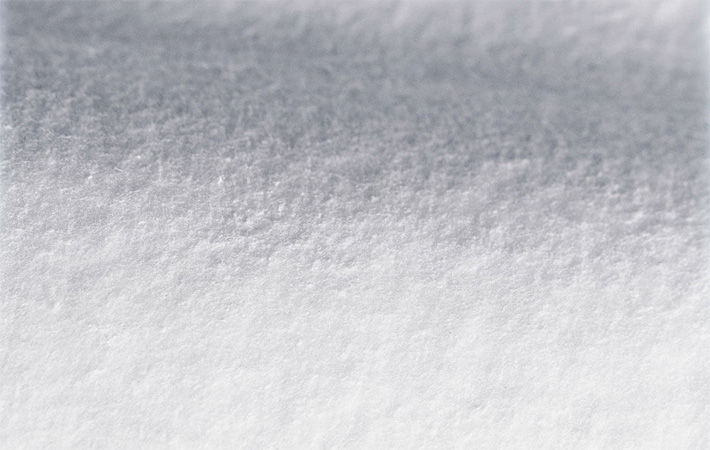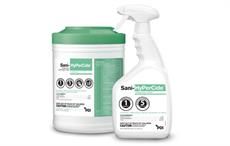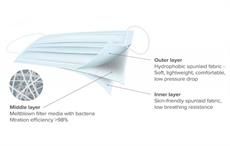
Suominen’s EBITDA was €47 million in 2021, the third-best annual result in the history of Suominen. The result declined from record high in 2020 mainly due to lower sales volumes and the increases in raw material, freight and energy costs which we were not fully able to push through to our sales prices.
During 2021, Suominen completed three investment projects. Two of them were in Italy, one to increase the capacity by re-starting a line, and another to increase our capabilities in sustainable nonwovens. The third project was in the US to increase our capabilities to offer new innovative products.
Sustainability is the cornerstone of the company strategy and Suominen develops product offering and operations accordingly. The target is to increase the sales of sustainable products by 50 per cent compared to a base year of 2019, and to launch 10 sustainable products each year. In 2021, the sales of sustainable products were 47 per cent higher than in the base year 2019, and during the year, the company launched 16 sustainable products, Suominen said in a press release.
“We are continuously improving the efficiency and quality of our operations and promoting the health and safety of our employees. We leverage our unique asset base and our pioneering know-how in nonwovens to strengthen our leadership position in sustainable nonwovens. We serve our customers with the best products and services, we get results by harnessing our organisation’s positive energy and commitment,” Petri Helsky, president & CEO, said.
The operating environment continued to be highly marked by the COVID-19 pandemic in 2021. The key uncertainties related to the pandemic concern the health and safety of Suominen personnel and customers, possible shortages of raw materials and issues linked to logistics as well as potential closures of customers’ or the company’s own plants due to virus infections or decisions by the authorities.
In the first half of 2021 sales volumes continued on the record levels of 2020. Suddenly in the third quarter, the volumes dropped temporarily due to overstocking in the supply chain followed by partial recovery in the fourth quarter. The demand picture in the beginning of 2022 continues to be volatile. The market expectation is that, in the long run, the end user demand for wipes will remain above pre-COVID-19 levels.
“Looking at the year 2022 we see challenges especially in the first months of the year. Certain important customers are still struggling with their inventory levels, and the recent surge of COVID cases will impact not only our but also our customers’ operations. Combined, these challenges will make the near-term demand picture very volatile. We also continue to have a lag between the rising raw material, energy and logistics costs and our sales prices. We expect demand for our products to stabilise starting from the second quarter of the year. The long-term consumer demand is expected to remain above the pre-pandemic levels,” explained Helsky.
Fibre2Fashion News Desk (RR)

